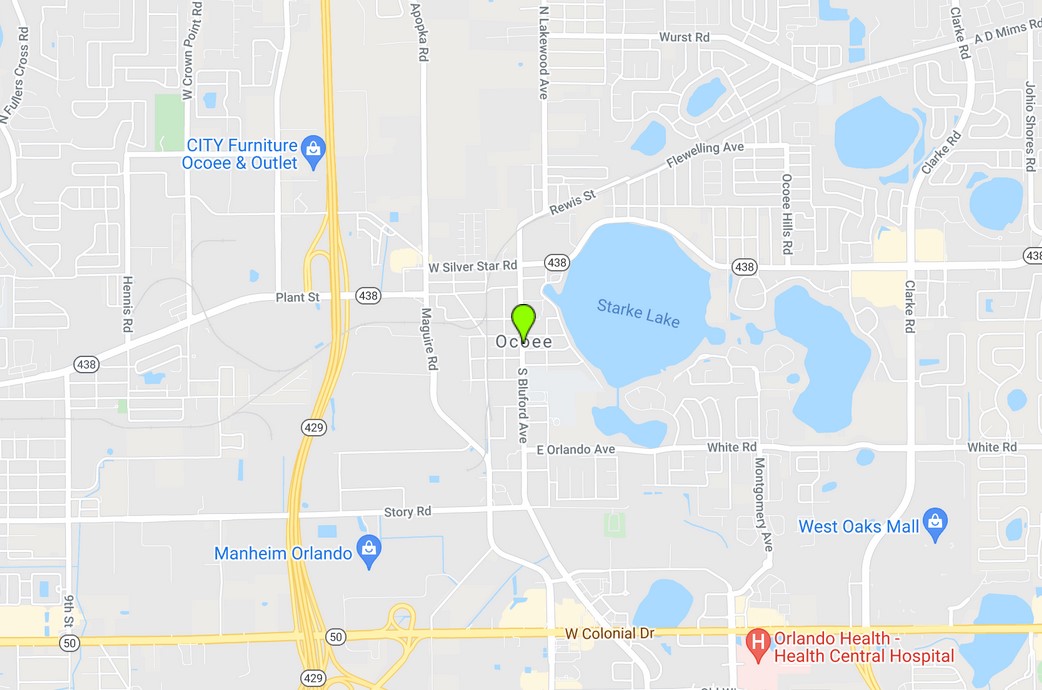What is The Construction Site Safety
A construction project manager’s top priority should be to create a safe and injury-free worksite. Not only is this important for the ethical treatment of workers, but there are significant costs associated with an unsafe workplace.
A great way to make sure your site is as safe as possible? Implementing proactive safety measures through policy changes or training sessions can go a long way in keeping everyone healthy and happy onsite.
How do you manage site safety?
First and foremost, a construction project manager must provide strong leadership. When managing a construction site, you must have your crew’s ear; they need to understand that you’re actively working to keep them safe.
Worker safety should be prioritized throughout any firm regardless of its size – so as long as the team is embodying this concept, it’ll benefit everyone in the organization.
Management is responsible for providing leadership and resources to implement effective safety programs. A report says management leadership means that business owners, managers and supervisors:
- Make worker safety and health a core organizational value.
- Are fully committed to eliminating hazards, protecting workers, and continuously improving safety and health on job sites.
- Provide sufficient resources to implement and maintain the safety and health program.
- Visibly demonstrate and communicate their safety and health commitment to workers and others.
- Set an example through their own actions.
This article highlights only a few of the aspects of management leadership in safety and health.
Why is Construction Site Safety Important?
In the construction industry, you have a moral obligation to keep workers safe on the job. Safety is an important part of your work as a manager in this line of business since it’s one of most dangerous when it comes to fatal injuries/fatalities at workplace.
Since construction site accidents are so common, there is a great deal of responsibility to maintain a safe worksite and take care of their workers. Some of the most common hazards are:
- Falls from height.
- Falling objects.
- Exposure to dangerous substances.
- Dust inhalation.
- Working in confined spaces.
- Motor vehicle accidents.
With the Occupational Safety and Health Act of 1970, workers in the U.S. have a right to a safe workplace along with consequences for violated laws such as costly lawsuits.
What are the potential costs?
The U.S Department of Labor states that businesses spend $170 billion a year on occupational injuries, which come straight out of company’s profit margin (loss). If companies establish safer work environments with better preventative measures, then the rates for these losses go down by either 20%, 30%, or 40%. These savings could be what makes all the difference between successful business ventures and those that fail to meet necessary quotas towards success each quarter.
In 2013, the construction industry saw a huge number of fatalities. The Fatal Four claimed 63% of these lives and cost over 2 billion dollars in worker’s compensation claims. If we could eliminate all deaths caused by falls, struck by object electrocution or caught-in/between injuries it would save 631 workers’ lives annually.
Aside from the direct costs such as injury or death, there are also indirect costs that can severely hurt the organization. OSHA lists these potential indirect costs:
- Time lost due to stoppages and investigations.
- Training and other costs associated with replacing injured workers.
- Loss or damage to material, machinery and property.
Indirect costs of workplace injuries include lost wages and productivity, increased healthcare expenses, reduced morale among workers who feel like they can’t work as hard after an injury due to fear of re-injury. It also causes a ripple effect by causing stress that contributes to physical and mental health issues which may require future medical attention or treatment – all adding up quickly in the long run.
What skills do you need to manage a construction site?
Employees need to be led by someone with an in-depth knowledge of the construction industry. Successful construction managers have the following skills:
- Decision-making.
- Problem-solving.
- Leadership and supervising.
- Planning and scheduling.
- Cost estimating and analysis.
- Understanding of OSHA and other legal practices.
Acquiring these skills and this knowledge will be useful in creating a profitable, successful firm or project as well as maintain a safe work environment for all employees.
Contact JeBailey & Co. today at (407) 559-6412, or email us at info@jebaileyandco.com to learn more about our other services or request a quote!




